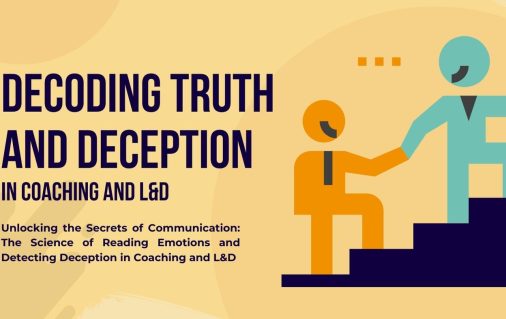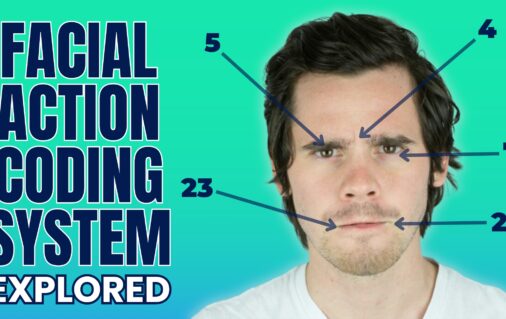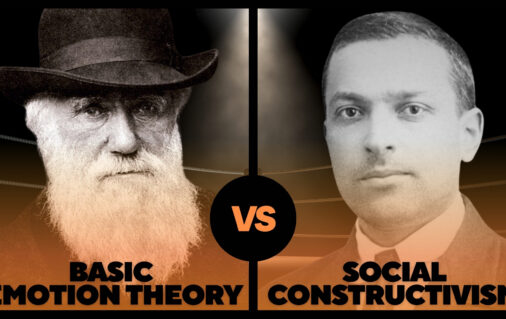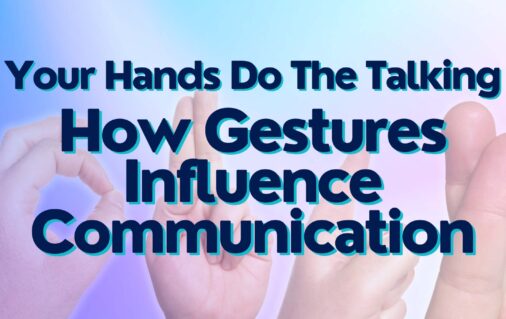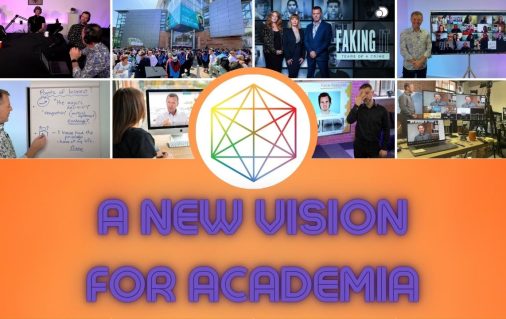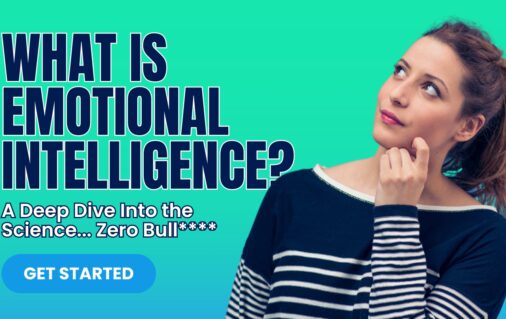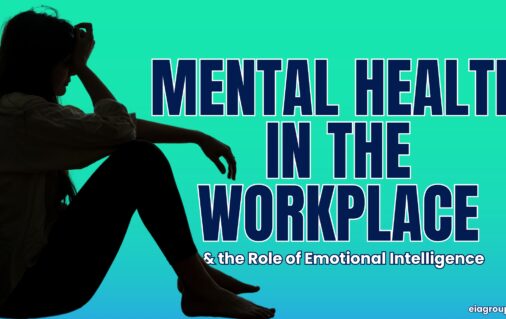Self-Awareness and Facial Expressions: How are Facial Expressions Experienced?
Understanding facial expressions is valuable not only in your interactions and understanding of others but also with yourself. Having a detailed knowledge our facial expressions can help you develop a higher quality of self-awareness, and self-awareness is the first step in emotional intelligence.
First of all, through knowing what the universal triggers are behind each emotion, you can then understand what it is those emotions are trying to communicate to you. For example, if you are speaking with a friend and you feel a sudden anger micro expression on your face, you can do a bit of detective work to figure out why this anger might be present. By knowing that the universal trigger for anger is violation of boundaries or obstruction of a goal, you can then think about ways that perhaps this friend may have crossed a boundary (or ways that you let this person crossed a boundary, or even that you have not made appropriate boundaries in this relationship). Or if the friend is blocking you from a goal, perhaps you wanted to go home early, and this visit is taking longer than expected.
You see, the anger that you feel and express on your face is telling you a very important message, and if you know how to interpret this message and listen to it, you can adjust your behaviors or your relationship to be more successful and helpful, to both you and your friend. Perhaps after noticing this, you can have a conversation and set a boundary, like that you can only talk on the phone for an hour (if you realize that the anger feeling is because you feel that your time is being taken advantage of) as an example.
The same can be applied if you observe a micro expression of anger on your friend’s face, by knowing that the trigger for anger is obstruction/violation, you could perhaps ask the friend if there’s anything you are doing that is bothering them or if they need anything.
Conversations like these require a great deal of emotional intelligence and communication skills and although not easy conversations, they are so important and a valuable step to creating healthy and successful relationships in your personal and professional life. Regardless of whether you choose to have these conversations or not, it is better to know the true meaning behind someone’s reactions, rather than missing or misinterpreting it.
Also, when you understand the muscles and appearance of facial expressions you can practice feeling those muscle movements on your face. Feel what a disgust expression feels like and notice what looks like, that way then when you are perhaps outside on a walk and passed by garbage can, you’ll notice that same feeling of muscle movements and know that you have made a disgust expression, you can also try masking and suppressing it to see how well you can control your face.
This can be particularly valuable in high stakes contexts where the wrong expression could easily be misinterpreted or cause defensive behavior in others. For example, if you are in the middle of an important negotiation with a coworker, or are having a conflict with a partner, it’s very likely that they could say something to you that you disagree with, or if you feel insulted, this could trigger a disgust or anger reaction. But if you are trained and aware of what this facial expression feels like and are aware of the trigger, you may be able to catch the expression before it’s fully expressed and use strategies such as deep breathing to reset, or simply turn away to hide your face or mask the expression with a different facial expression. In these ways you can use your facial expressions strategically to communicate in the way that you want to communicate, and also to understand yourself in more detail.
This type of understanding can give you an advantage. It’s something that very few people are taught and very few people take time to understand and train in, because at first it seems obvious or elementary, but if you are able to master an understanding of facial expressions, you will be capable of seeing so much more. It’s almost like seeing the many layers of emotions and communication instead of just the top layer – you gain access to what is underneath the performance that people put on.
Table of Contents
- History of Facial Expressions
- What are the Universal Facial Expressions?
- Individual Differences: How are Facial Expressions expressed?
- Self-Awareness and Facial Expressions: How are Facial Expressions Experienced?
- How are Facial Expressions Measured and Analyzed?
- Facial Action Coding System (FACS)
- Conclusion
